Everything you require to know about the polysomnography
Polysomnography is employed to diagnose sleep disorders. With the help of polysomnography, it is possible to observe and unbiasedly assess the patient’s pathological changes throughout sleep. Insufficient sleep prevents many people from operating at peak efficiency. While some individuals require to sleep more, others are unable to get good nocturnal sleep because they have an untreated sleep disorder.
If a sleep disturbance is thought to be present in the patient, polysomnography is typically used to identify his/her abnormalities first. Polysomnography has shown significant results. To begin therapy and enhance their quality of life, individuals undergoing polysomnography are given the proper diagnosis of their sleep disorders.
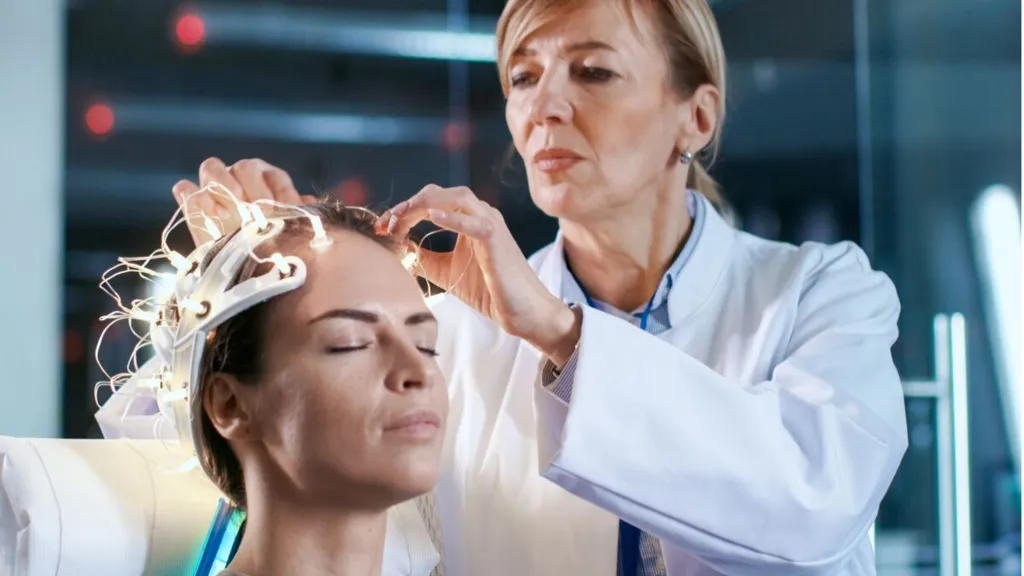
What justifies performing polysomnography?
The following disorders can be diagnosed using polysomnography:
- Sleep apnea due to narrowing of the airways (obstructive sleep apnea (OSA) syndrome)
- Prolonged hypoventilation (hypoventilation syndrome)
- Sleep apnea due to respiratory restriction (central sleep apnea syndrome)
- Periodic movements of limbs in sleep (restless legs syndrome)
- Difficulty falling asleep and staying asleep (insomnia)
When is the polysomnography performed?
There are numerous diseases that can result in polysomnography. Since polysomnography is a largely sophisticated operation, it is only utilized if sleep problems cannot be clearly detected using simpler diagnostic or analytical approaches that may be conducted on an outpatient basis. These sleep disorders frequently have internal causes.
Preparations required before the polysomnography
Some drugs have an impact on sleep. Because of this, you should let your doctor know what medications you are taking. Medication discontinuation is conducted occasionally on a doctor’s recommendation and under his/her supervision. On the day of the examination, you should avoid drinking alcohol, caffeinated beverages like coffee, black tea, cola, and other energy drinks, etc., after 2 p.m. Additionally, stay away from cosmetic and care products, including hair sprays, gels, etc.
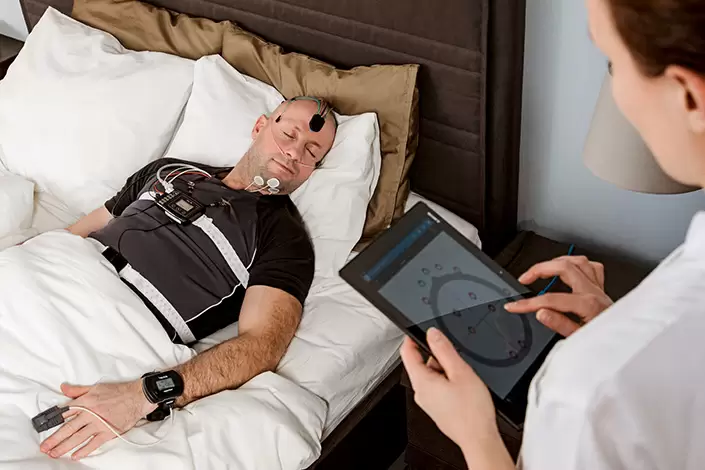
How is the polysomnography conducted?
The electrodes on the patient’s face, scalp, and body transmit electrical signals to the measuring apparatus during the polysomnography. The device records the signals produced by your brain and muscle action. Brain wave activity is measured and recorded using EEG (electroencephalogram) electrodes. Ocular movement data is captured using an electrooculogram (EOG). These movements, particularly those associated with rapid eye movement (REM) sleep, are crucial in identifying the various sleep stages. To identify irregular sleep movements and ascertain the presence of a sleep disorder, EMG electrodes capture muscle activity from the legs and chin. The nasal-oral airflow passing through your mouth and nose is monitored by a sensor. Your respiration is measured by belts surrounding your chest and abdomen. Your oxygen concentration will also be measured. The heartbeat and rhythm are recorded using an electrocardiogram (ECG). The snoring microphone captures sounds made while snoring.
Which parameters are measured during the polysomnography?
All of the factors necessary for restful sleep are measured during the polysomnography. It also measures cerebral activity in addition to heart rate, blood oxygen levels, respiratory flow, and any irregular leg movements.
-

problems of patients and the medical community
27 خرداد 1402 -
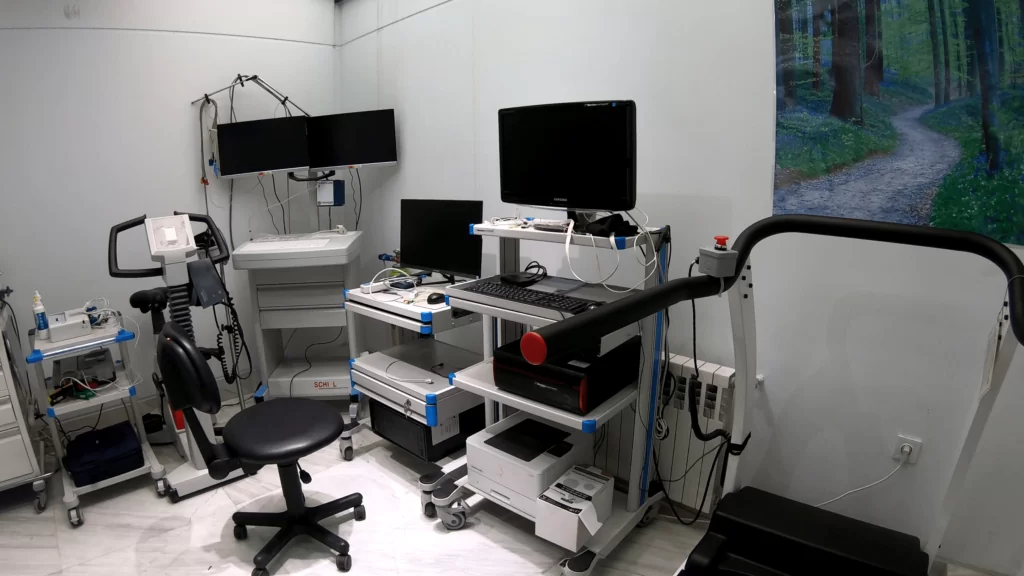
Lung clinic
8 خرداد 1402 -

Long COVID
8 خرداد 1402 -
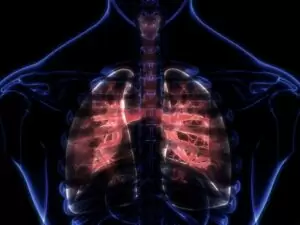
Sarcoidosis Clinic
8 خرداد 1402 -
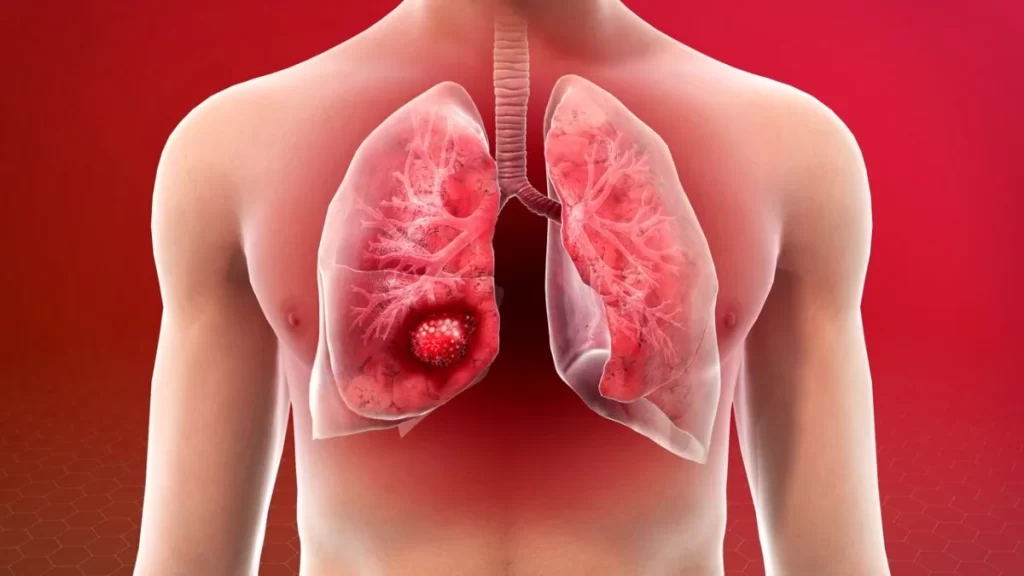
?What is lung cancer, and how is it treated
8 خرداد 1402 -
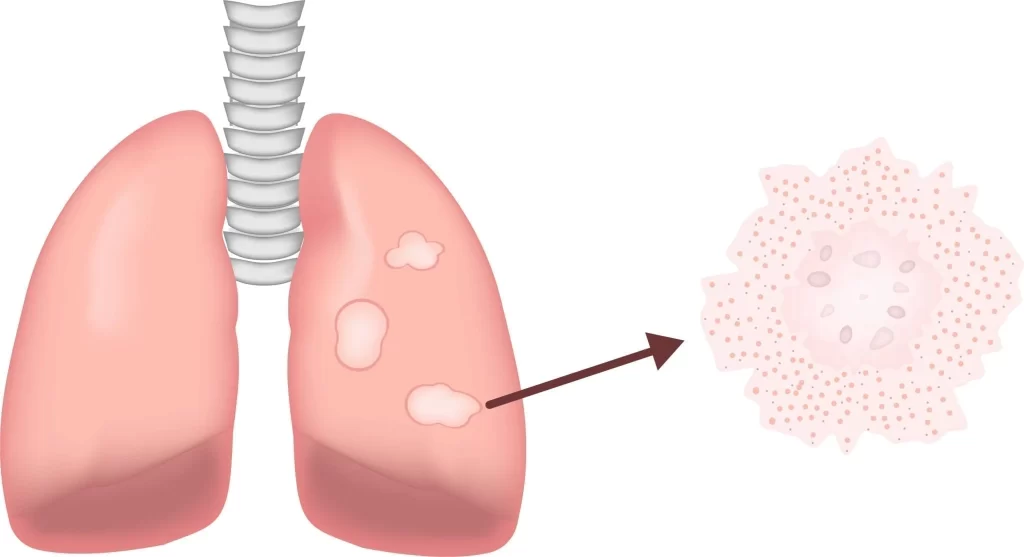
Sarcoidosis and pulmonary fibrosis
8 خرداد 1402 -

What exactly is foreign body aspiration?
8 خرداد 1402 -

How are pulmonary function tests؟
8 خرداد 1402 -

Everything you require to know about the polysomnography
8 خرداد 1402 -

?How is pulmonary rehabilitation carried out
8 خرداد 1402





